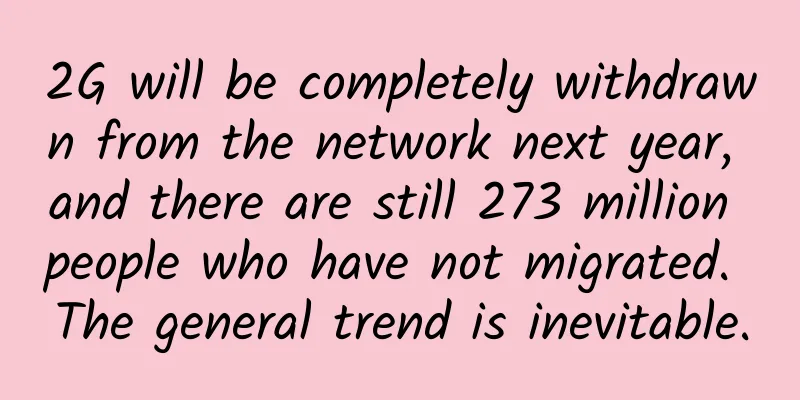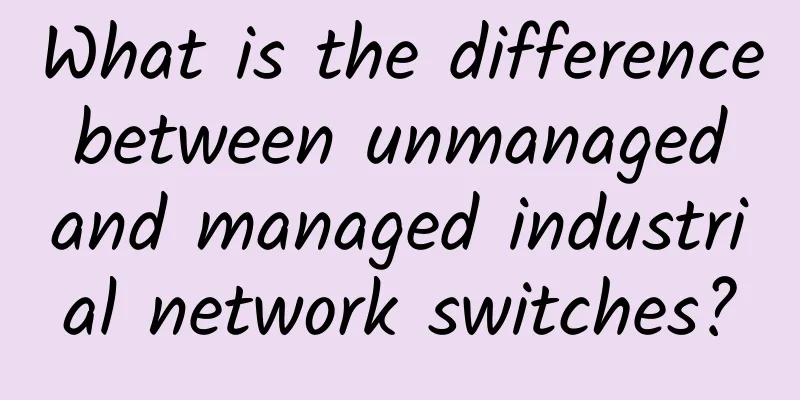Video websites in Europe reduce bitrates to ease the burden on broadband operators

|
During the epidemic prevention and control period, people around the world stayed at home for social isolation. People who could not go out turned to the Internet for work and entertainment. Streaming platforms including Netflix and YouTube were forced to limit the video quality in Europe, which never reduced the burden on broadband operators.
"For the next 30 days, users in Europe will experience reduced quality when watching content," Ken Florance, Netflix's vice president of content delivery, said in a statement on Saturday. "If you're a particular fan of HD video, you may notice a slight drop in video quality at each resolution," Florance added. Google-owned YouTube confirmed that it is temporarily defaulting all video quality in the EU to "standard definition". "We have committed to temporarily defaulting to standard definition for all traffic in the EU," Google CEO Sundar Pichai said following a meeting with YouTube CEO Susan Wojcicki and EU Internet Markets Commissioner Thierry Breton. Amazon officials similarly said they have taken action in Europe, and while the degradation of video quality has not yet affected the United States, they are closely monitoring the situation and are prepared to take action if requested by government agencies. "Prime Video is working with local authorities and internet service providers to help alleviate any network congestion, including in Europe where we have already started efforts to reduce streaming bitrates while maintaining a great streaming experience for customers," the spokesperson said. Disney's streaming service, Disney+, will temporarily reduce its overall bandwidth utilization by at least 25% starting Tuesday in all markets where it launches, Kevin Mayer, chairman of Walt Disney Co.'s direct-to-consumer and international businesses, said. |
<<: How much do you know about intelligent edge?
>>: How the IoT market will meet the 48 trillion “new infrastructure”
Recommend
Google and Facebook to build new submarine cable connecting Japan and Southeast Asia in 2024
On August 16, Google and Facebook jointly announc...
Comprehensive understanding of TCP/IP knowledge system structure summary
1. TCP Knowledge System We analyze the TCP knowle...
What is the success or failure of SDX?
SDN and SDS have been proposed for many years, bu...
[6.18] Alibaba Cloud: Hot-selling cloud server ECS with annual payment starting from 59.9 yuan
Every year, June 18th is an e-commerce shopping c...
Data center "cloudification" solves the embarrassment of virtualization
Virtualization technology is being used more and ...
If your HTML is full of Divs, be careful
Students who do front-end development know that t...
5G is gaining popularity, is artificial intelligence going to be "left out"?
In 2018, the popularity of 5G began to rise rapid...
Huawei hosted the "Network-based Intelligent Manufacturing for the Future" Advanced Industrial Network Forum
On September 16, during the China Industrial Inte...
Cutting in while driving is annoying. WiFi actually takes up lanes too.
Friends who often drive often encounter the pheno...
CryptoMB accelerates TLS handshake performance in service mesh Istio
Author: Yang Ailin, Intel Engineer (Cloud Orchest...
Suyun: Guangzhou Mobile 1G bandwidth VPS monthly payment 188 yuan, Hong Kong 500M-1G large bandwidth VDS monthly payment from 495 yuan
Suyun Technology is Shenzhen Lesuyun Network Tech...
Ransomware cannot be prevented? "Dynamic security defense" + "key data backup"
Recently, a well-known domestic financial softwar...
Exclusive interview with Xu Jie, product director of DYXnet: DYXnet comprehensively upgrades SASE services to build a new frontier for network security
As mentioned in Maslow's hierarchy of needs t...
Extremely simple operation! IIS site migration can be achieved in 3 minutes
To achieve load balancing or server migration, we...
PacificRack removed old packages and unilaterally raised renewal prices, offering 50% discount on new packages for the first month
I haven't shared information about PacificRac...


![[Technology Feast] Ruijie Cloud Desktop EST Protocol RUTP Transmission Technology](/upload/images/67eb9b7e0d7fd.webp)






